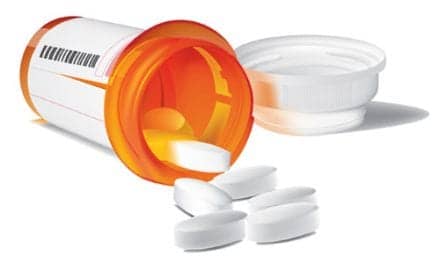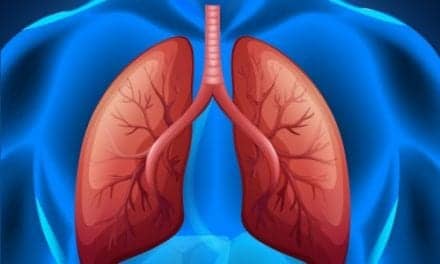Kidney stones are four-times more likely to occur in children with asthma than children without asthma, according to a new Cleveland Clinic study published online in the medical journal, PLOS ONE.
Similarly, the study found that asthma is four-times more likely to occur in children with kidney stones than children without stones. This is the first study of its kind to find an association between asthma and kidney stone formation, according to Cleveland Clinic.
“While obesity is thought to predispose children to kidney stones, the association between asthma and kidney stones in this study was not related to BMI,” said study co-author Manoj Monga, MD, director of the Stevan B. Streem Center for Endourology and Stone Disease in Cleveland Clinic’s Glickman Urological & Kidney Institute. “To date, theories regarding kidney stone formation have centered around abnormalities in urinary chemistries. As no differences were identified in this study, alternative links between the two diseases, perhaps involving inflammatory pathways or epithelial dysfunction, will need to be explored.”
Both asthma incidence and kidney stones have been rising in pediatric patients in recent years, and one in three children with kidney stones (under age 12) has asthma.
“These results clearly demonstrate a link between the conditions in a large pediatric population,” said study co-author Serpil Erzurum, MD, chair of the Lerner Research Institute at Cleveland Clinic and holder of the Alfred Lerner Memorial Chair in Innovative Biomedical Research. “A better understanding of the link between the diseases might uncover new genetic or biochemical pathways and could lead to better interventions to prevent painful stones from developing in pediatric asthma patients.”
The study used data extracted from Cleveland Clinic’s electronic medical records under an International Review Board-approved study. Pediatric asthma and kidney stone patients between the ages of 6 months and 18 years old were identified via diagnosis codes, including information about asthma diagnosis, medications, age, gender, race and BMI. For comparative analysis, a BMI-, age-, and gender-matched cohort of asthma-only patients was compiled.





![Upcoming Conferences 2014 [Updated]](https://respiratory-therapy.com/wp-content/themes/Extra/images/post-format-thumb-text.svg)




